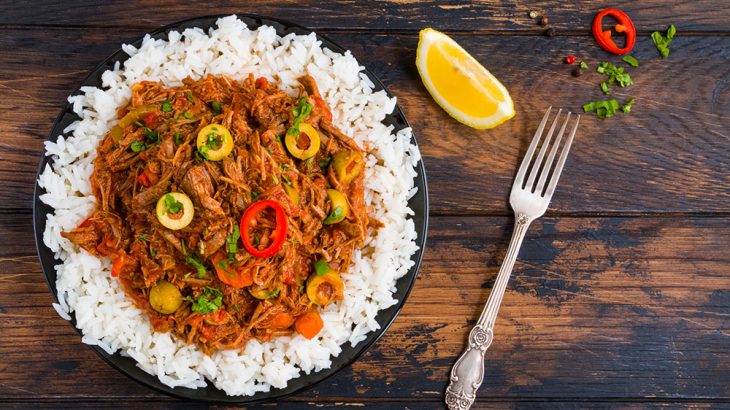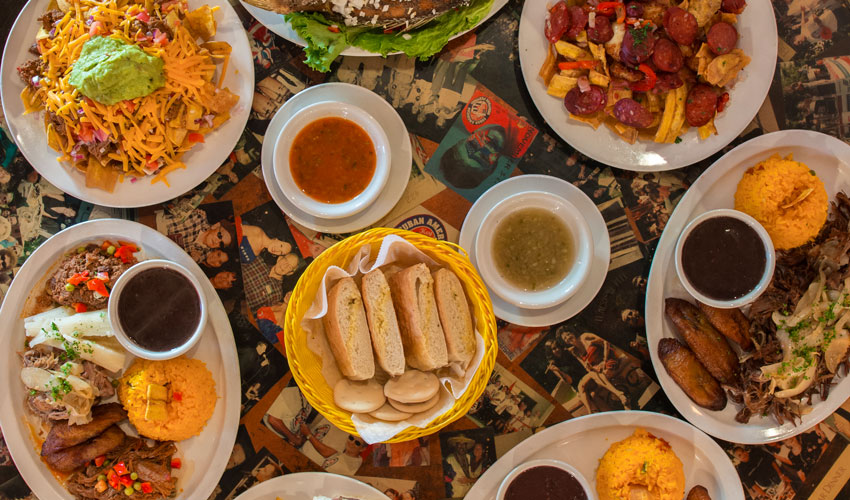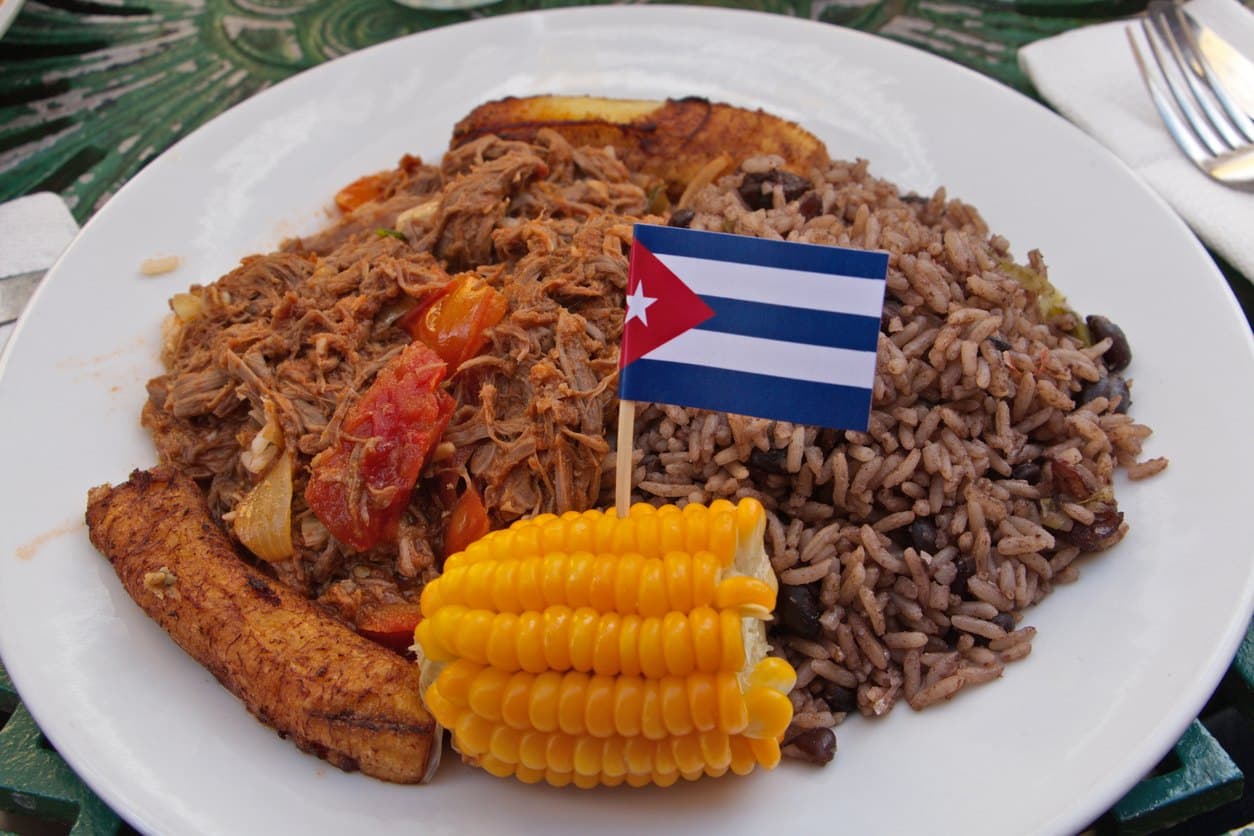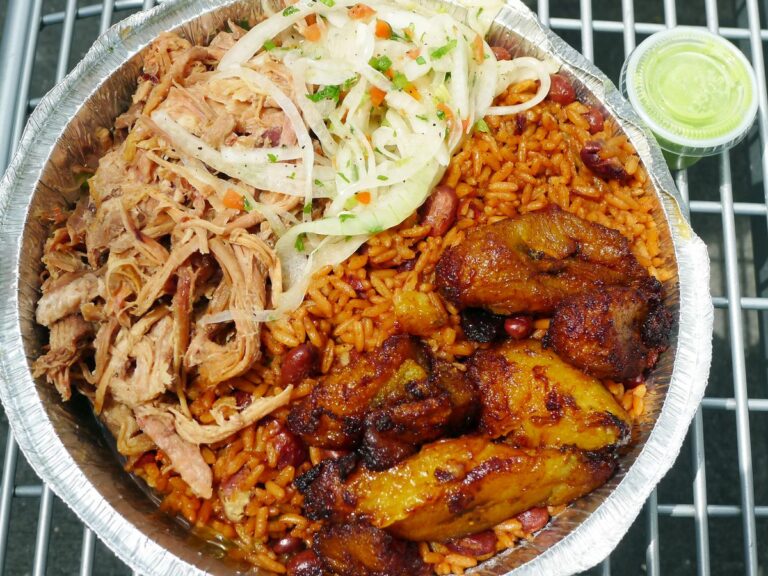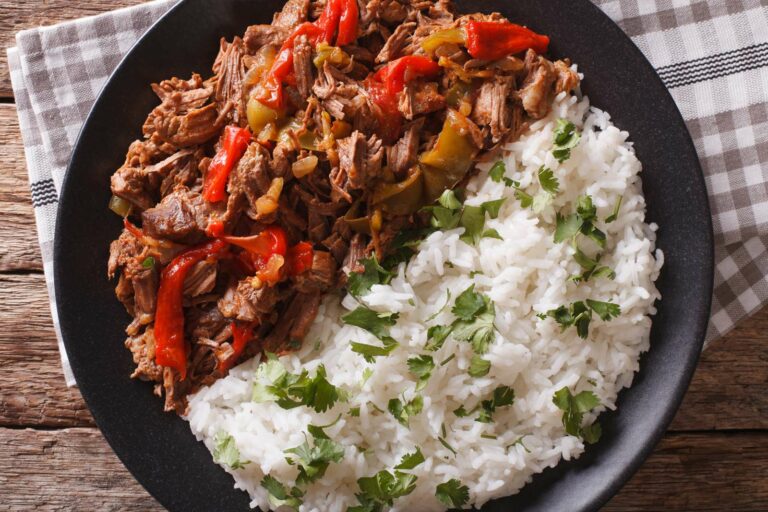Coffee plays an important role in Cuba and has retained its reputation as a real luxury food. Here the history of coffee comes to life.

Coffee culture Cuba – the popular luxury food of the Cubans
Enjoyment is in the Cuban blood. No wonder that, alongside tobacco, coffee is one of the most popular luxury foods. Due to limited production, coffee is not a commodity in Cuba. Nevertheless, Cubans drink quite a lot of coffee throughout the day. No matter the time of year or day, a Cuban likes to make time for a cup of coffee and a nice chat. Visitors are also given a cup of coffee as a matter of course. Cuban coffee tends to be very strong and very sweet. That is why it is usually served in small cups.
The Cubans and the coffee
The delicious brew was once brought to the island by French coffee farmers. They had to flee Haiti at the time and henceforth grew the delicious bean in the mountains of Cuba. The soil here is rich in nutrients, so the coffee beans can grow slowly. The mild, low-acid but spicy aroma is characteristic of Cuban coffee. The coffee plantations produce up to 6,000 tons of coffee annually – but this is not enough to cover Cuba’s own needs for the green bean. As a result, Cuban coffee is not a mass product and is therefore particularly popular with coffee connoisseurs from all over the world.
No matter the time of year or day, a Cuban likes to make time for a cup of coffee and a nice chat.
Tropical flair spreads immediately with a Cuban coffee. After all, the spicy aroma smells particularly intense. A Cuban coffee on the palm beach is certainly a very special treat.

Typical Cuban coffee
Overall, Cubans prefer three different coffees. They like their coffee strong and sweet. The best known is the Café Cubano or Cafecito. Incidentally, cafecito means “small coffee” and alludes to the typical small cup in which it is served. The cafecito is considered a Cuban specialty and is also very popular outside of Cuba. It consists of dark roasted beans and sugar. The barista adds sugar during the brewing process. No wonder the cafecito is very sweet.
The slightly milder alternative to the cafecito is the cortadito. This is an espresso with frothed milk in a ratio of 3:1. The cortadito is usually served in a small glass. Of course, there is also a classic milk coffee in Cuba. This is called café con leche and consists of coffee and milk.


